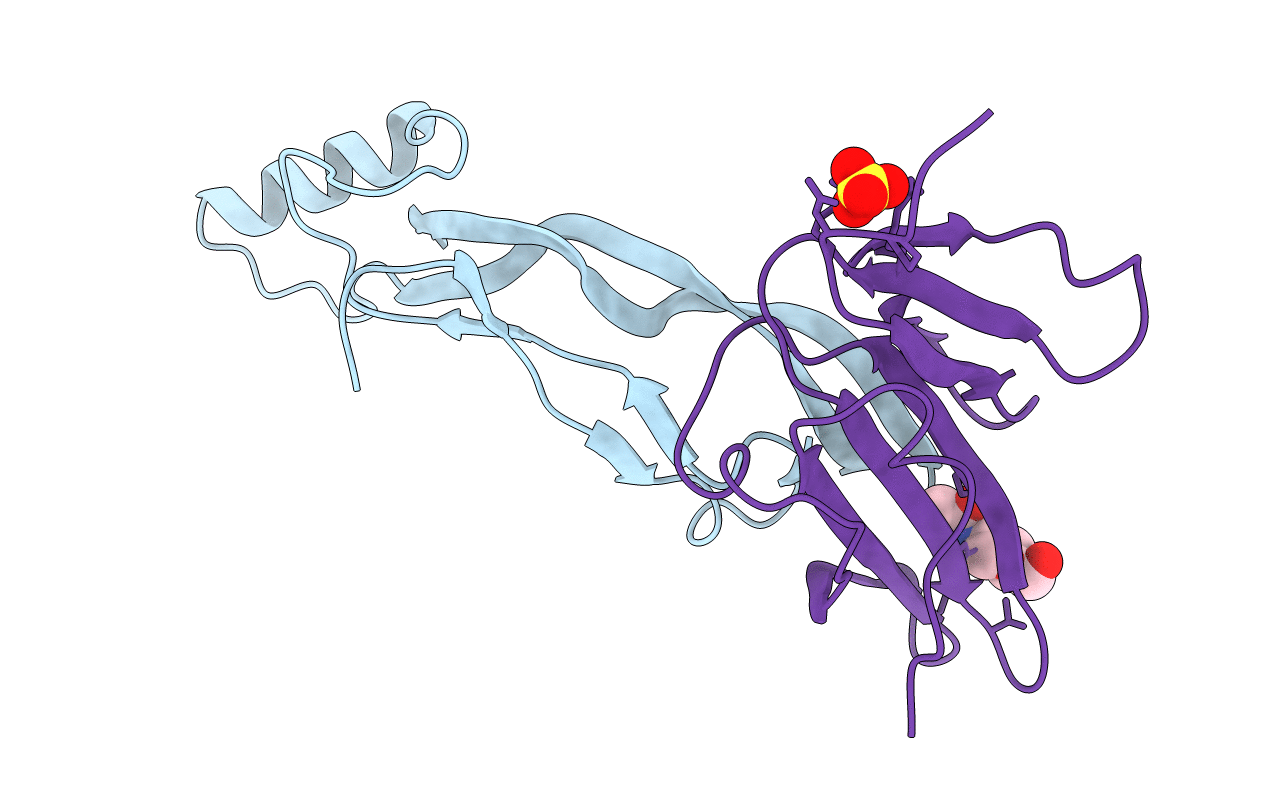
Deposition Date
2020-12-11
Release Date
2021-06-23
Last Version Date
2024-11-13
Method Details:
Experimental Method:
Resolution:
2.60 Å
R-Value Free:
0.26
R-Value Work:
0.24
R-Value Observed:
0.24
Space Group:
P 41 21 2


